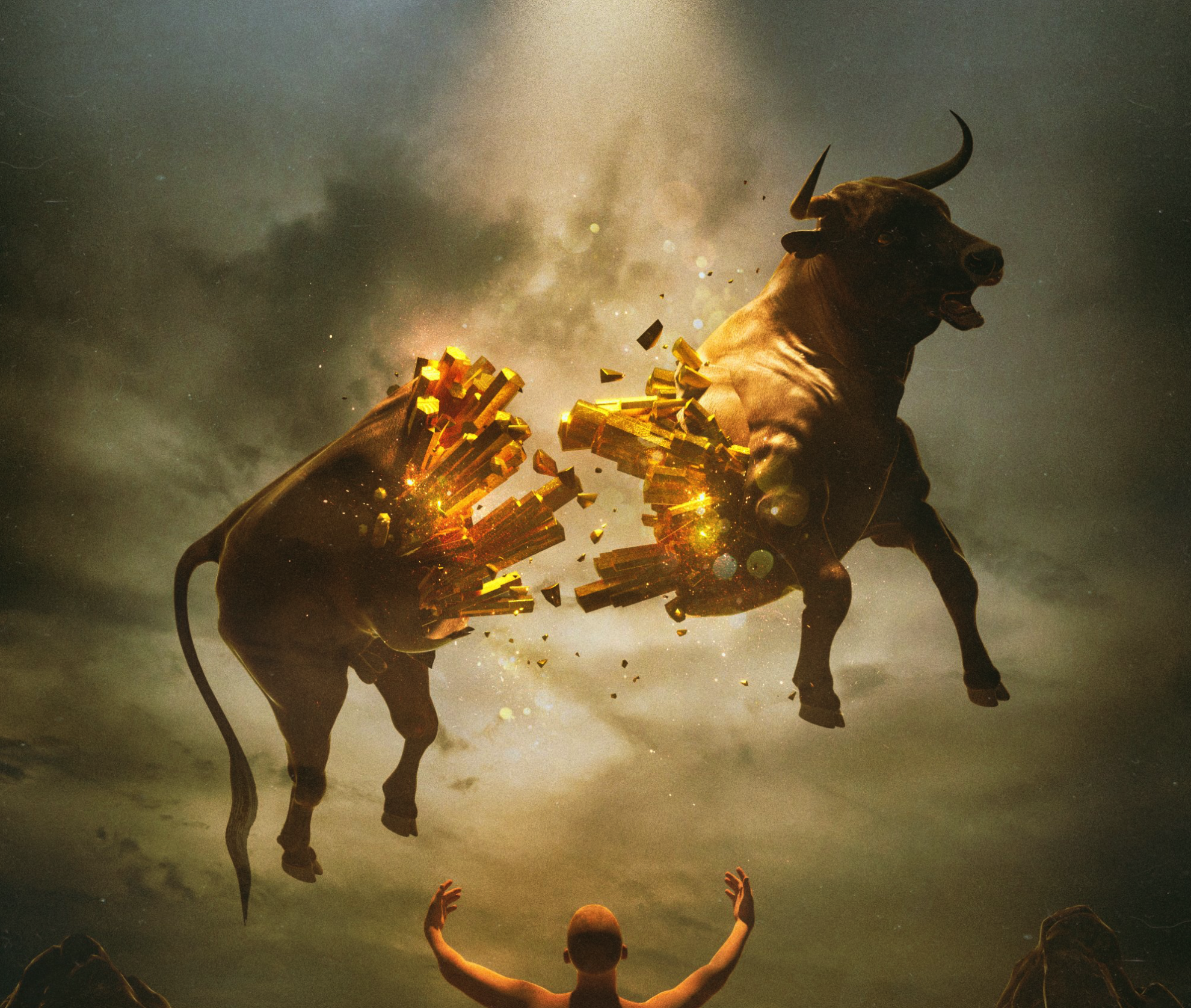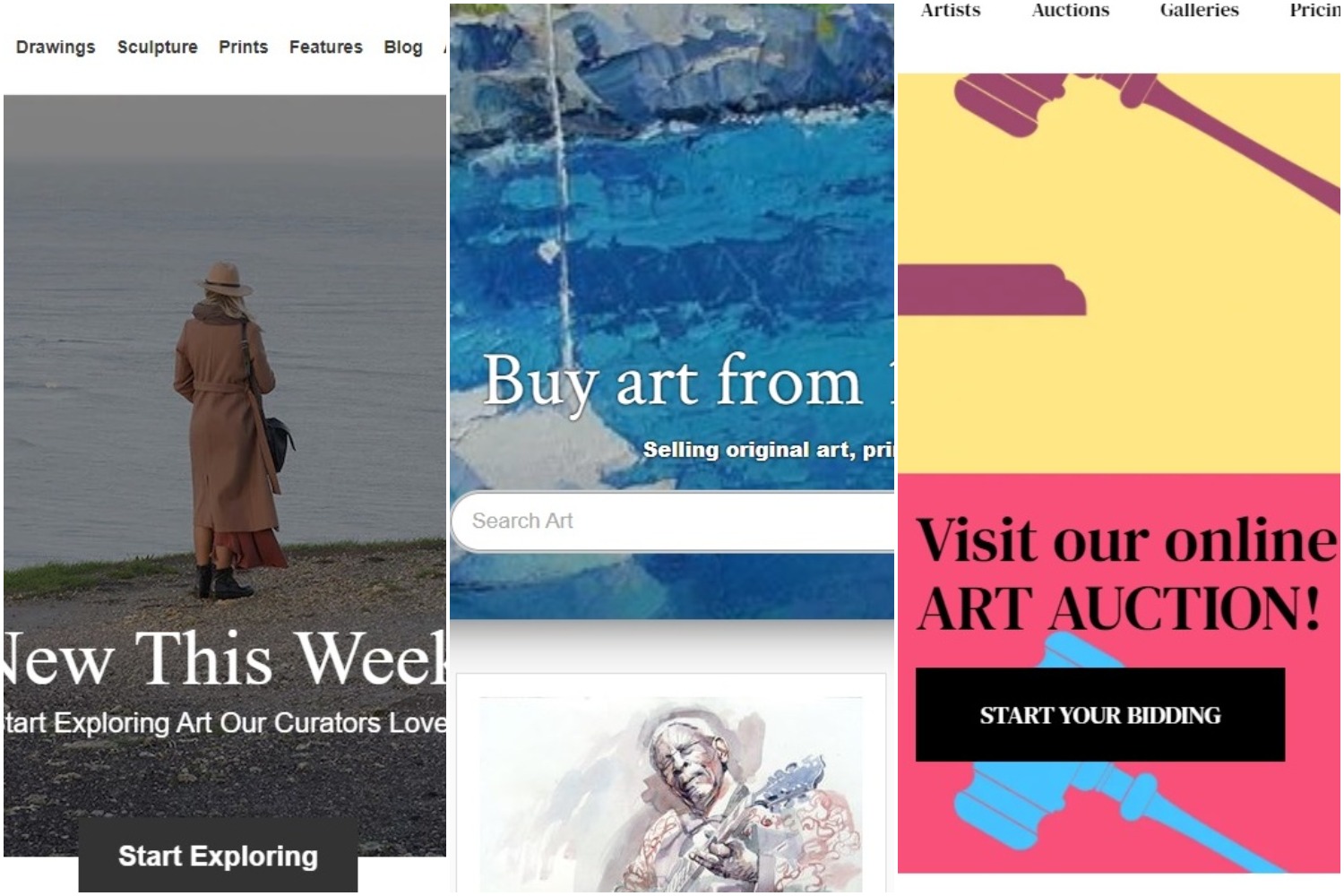Featured art by Beeple
The burgeoning crypto art scene saw record sales of artworks in December and looks set to continue its explosive growth in 2021. While “bitcoin”, “NFTs” and “blockchain” may still be unfamiliar terms for many, they are worth paying attention to this year, especially in the art world.
Crypto art, which uses non-fungible tokens (NFTs) to become one-of-a-kind and therefore collectible, has seen a stand out year. NFTs are non-replicable cryptocurrency tokens that create an indelible signature, almost like an artist’s signature on a painting. By embedding NFTs into their digital artworks, artists can make their masterpieces scarce and desirable on the digital art market. Investors can become owners of unique digital artworks, which can also be traded in cryptocurrency.
Record Sales in December for Crypto Art
December 2020 saw a staggering $8.2 million worth of crypto art sold on blockchain-based markets. That made the trading volume three times that of the previous month of November. As analytics platform CryptoArt.io confirms, this makes December a record month for sales of NFT artworks. Creator of the platform Richard Chen told CoinDesk, “Crypto natives are starting to understand the value NFTs bring to verifying authenticity of the original artwork. Furthermore, big-name digital artists like Beeple [Mike Winkelmann] are discovering what NFTs are and how they open up a new business model for artists other than commissions.”
CryptoArt.io compares the sales on various digital art marketplaces, including Nifty Gateway, SuperRare, and Async Art. Nifty Gateway was top of the league board last year, selling $6.67 million worth of crypto artworks in December. In second position was SuperRare, which hit $1.12 million worth of sales at the end of 2020.
The artworks themselves also made headlines for sales. For example, December saw a collection of digital art by Mike Winkelmann, known as Beeple, sell for $777,777 in the final second of an auction.
A Stand Out Year for Crypto Art
Throughout the year, the blockchain-based art scene gained more and more momentum. This was mainly because of the rise of NFTs allowing artworks to become digitally unique. Although NFTs have been around for a few years, the summer of 2020 saw a boom in their use. The second half of the year saw artists really beginning to take advantage of the possibility of digital ownership.
Last year also saw NFTs make waves at traditional auction houses. In October, for example, Christie’s actioned an NFT work by artist Ben Gentilli. The digital portrait of the Bitcoin inventor Satoshi Nakamoto sold for $131,250. Titled Block 21, the work is a circular panel covered with a mass of digits that represent Bitcoin’s original code.
What to Expect in 2021
Although still a very young movement, the future looks bright for crypto art. John Egan, CEO of L’Atelier, predicts that 2021 will see a greater merging of NFTs and the digital world with the physical worlds of fashion, art and entertainment. “Major brands are already creating and trading NFTs: Nike has used them to create digital shoes that are linked to real-world shoes; Formula 1 has developed a racing and collectibles trading game; Louis Vuitton uses NFTs to track the provenance of luxury goods, and Samsung has created an NFT-supported cryptowallet,” he told Wired.
“According to nonfungible.com, which monitors the crypto-collectible market, in July 2020, total NFT sales surpassed $100m. In 2021, that number will be boosted by increased penetration of NFTs into the mainstream,” Egan predicted.
An Insight from Crypto Artists
Insiders in the crypto art scene are also convinced of the potential of NFTs and the art movement as a whole. Leading crypto artist Olive Allen told Culture Pledge, “I believe that the [crypto art] movement will be pivotal for some artists and will launch several life-long careers. NFT standard will be accepted by the “traditional” art world as the main standard for digital artwork. Many more innovative platforms and curated marketplaces will emerge. I’m certain that some are already in the works by both art “insiders” and “outsiders.”

As for the practicalities, “we will be seeing some consolidation within the NFT space, because now there are simply waaaaay more artists than collectors in the space and secondary market is almost non-existent. Also are no frameworks on how to properly present and value the artworks.”
In an interview with Culture Pledge, crypto artist Connie Digital touches on the idea of splitting NFTs: “fractionalizing content seems like another frontier. Dividing an NFT (for example) into thousands of shards (shares) that many people can buy and sell is quite fascinating.”
A Global Art Movement
Jason Bailey, who has been credited with coining the term “crypto art”, calls the phenomenon the “first truly global art movement”. Amid the pandemic, which is pushing us more and more online, crypto art is in its element as it forges global communities through virtual meeting spaces and collaborative artmaking. Both technological advances connected to NFTs and innovations in how art is made and sold are on the cards for 2021.





